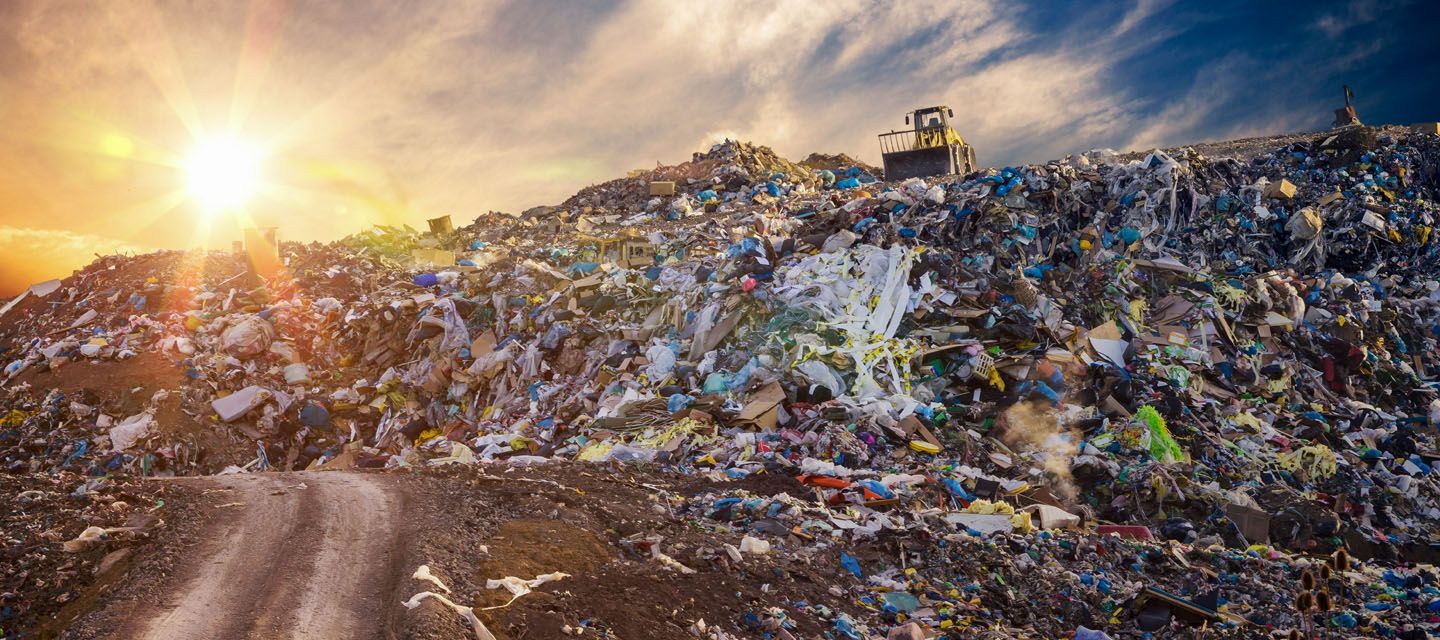The Risks of Delaying an Asbestos Survey: When is the Right Time to Take Action?
It is essential to understand the risks of asbestos exposure, the importance of asbestos surveys, and when they should be undertaken

Introduction to Asbestos Surveys
Asbestos is a naturally occurring mineral fibre that was commonly used in building materials until 2000. It was prized for its insulating and fire-resistant properties and was used in everything from roofing tiles and floor tiles to insulation and cement. However, it was later discovered that asbestos exposure can lead to serious health problems, including lung cancer, mesothelioma, and asbestosis.
To protect the health of occupants and workers, the Control of Asbestos Regulations 2012 was introduced, which requires that all non-domestic buildings be surveyed for asbestos. As a result, it is essential to understand the risks of asbestos exposure, the importance of asbestos surveys, and when they should be undertaken.
Understanding the Risks of Asbestos Exposure
Asbestos fibers are tiny and can easily become airborne when disturbed, such as during renovations or demolitions. When inhaled, these fibers can cause damage to the lungs and other organs, leading to serious health problems. It can take years or even decades for asbestos-related diseases to develop, and there is no known cure.
The risk of asbestos exposure is highest for those who work in industries where asbestos was commonly used, such as construction, shipbuilding, and manufacturing. However, anyone who comes into contact with asbestos-containing materials, such as homeowners and building occupants, can be at risk.
The Importance of Asbestos Surveys
Asbestos surveys are essential for identifying the presence of asbestos-containing materials (ACMs) in a building. The survey will identify the type, location, and condition of the ACMs, which is essential for managing the risks of asbestos exposure. Based on the survey results, an asbestos management plan can be developed to ensure the safe handling and removal of the ACMs.
When Should an Asbestos Survey be Undertaken?
An asbestos survey should be undertaken as soon as possible, especially if the building was constructed before the year 2000. This is because asbestos-containing materials were commonly used in building materials until the 1980s, and it was not fully banned until 1999.
An asbestos survey should also be undertaken before any renovation or demolition work takes place. This is because disturbing ACMs can release asbestos fibres into the air, increasing the risk of exposure. It is essential to identify any ACMs before work begins to ensure that they can be managed or removed safely.
The Consequences of Delaying an Asbestos Survey
Delaying an asbestos survey can have serious consequences. If ACMs are present in a building and are not identified, they can be disturbed during renovations or demolitions, releasing asbestos fibers into the air. This can lead to serious health problems for building occupants and workers, as well as legal and financial consequences for building owners.
If ACMs are identified during a survey, they can be managed or removed safely, reducing the risks of asbestos exposure. However, if they are not identified, building owners can be held liable for any health problems that result from asbestos exposure.
The Costs of Delaying an Asbestos Survey
Delaying an asbestos survey can also result in higher costs in the long run. If ACMs are identified early, they can be managed or removed safely and at a lower cost. However, if they are not identified, they can become more difficult and expensive to manage or remove.
In addition, if ACMs are disturbed during renovations or demolitions, the cost of remediation can be significant. This can include the cost of cleaning up the asbestos fibres, as well as legal and financial consequences.
Control of Asbestos Regulations 2012 and Legal Requirements
The Control of Asbestos Regulations 2012 requires that all non-domestic buildings be surveyed for asbestos, and that an asbestos management plan be developed and implemented. The regulations also require that anyone who may be exposed to asbestos at work be trained in asbestos awareness.
Building owners and employers have a legal duty to manage the risks of asbestos exposure, which includes identifying any ACMs and managing them safely. Failure to do so can result in legal and financial consequences.
Choosing the Right Asbestos Surveying Company
Choosing the right asbestos surveying company is essential for ensuring that the survey is conducted correctly and that the results are accurate. It is important to choose a company that has extensive experience in undertaking asbestos surveys like Consulo Compliance where we have over 20 years of experience.
It is also important to choose a company that uses the most up-to-date equipment and techniques, as this can improve the accuracy of the survey results. Additionally, the company should provide a clear and detailed report that includes recommendations for managing any identified ACMs.
Asbestos Survey Process and What to Expect
The asbestos survey process typically includes the following steps:
1. Pre-survey information: The surveying company will gather information about the building, including its age and construction materials.
2. Survey: The surveying company will conduct a visual inspection of the building, taking samples of suspected ACMs if necessary.
3. Analysis: The samples will be analyzed in a laboratory to determine if they contain asbestos.
4. Report: The surveying company will provide a report that includes the survey results, including the type, location, and condition of any identified ACMs.
5. Recommendations: The report will include recommendations for managing any identified ACMs, including removal or encapsulation.
Conclusion and the Importance of Taking Action
In conclusion, delaying an asbestos survey can have serious consequences, both in terms of health risks and legal and financial consequences. Asbestos surveys should be undertaken as soon as possible, especially before any renovations or demolitions take place. Building owners and employers have a legal duty to manage the risks of asbestos exposure, which includes identifying any ACMs and managing them safely.
Choosing the right asbestos surveying company is essential for ensuring that the survey is conducted correctly and that the results are accurate. By taking action and identifying any ACMs, building owners can ensure the safety of occupants and workers, as well as avoid legal and financial consequences.
If you are in need of an asbestos survey, contact Consulo Compliance today to ensure the safety of your building and its occupants.









